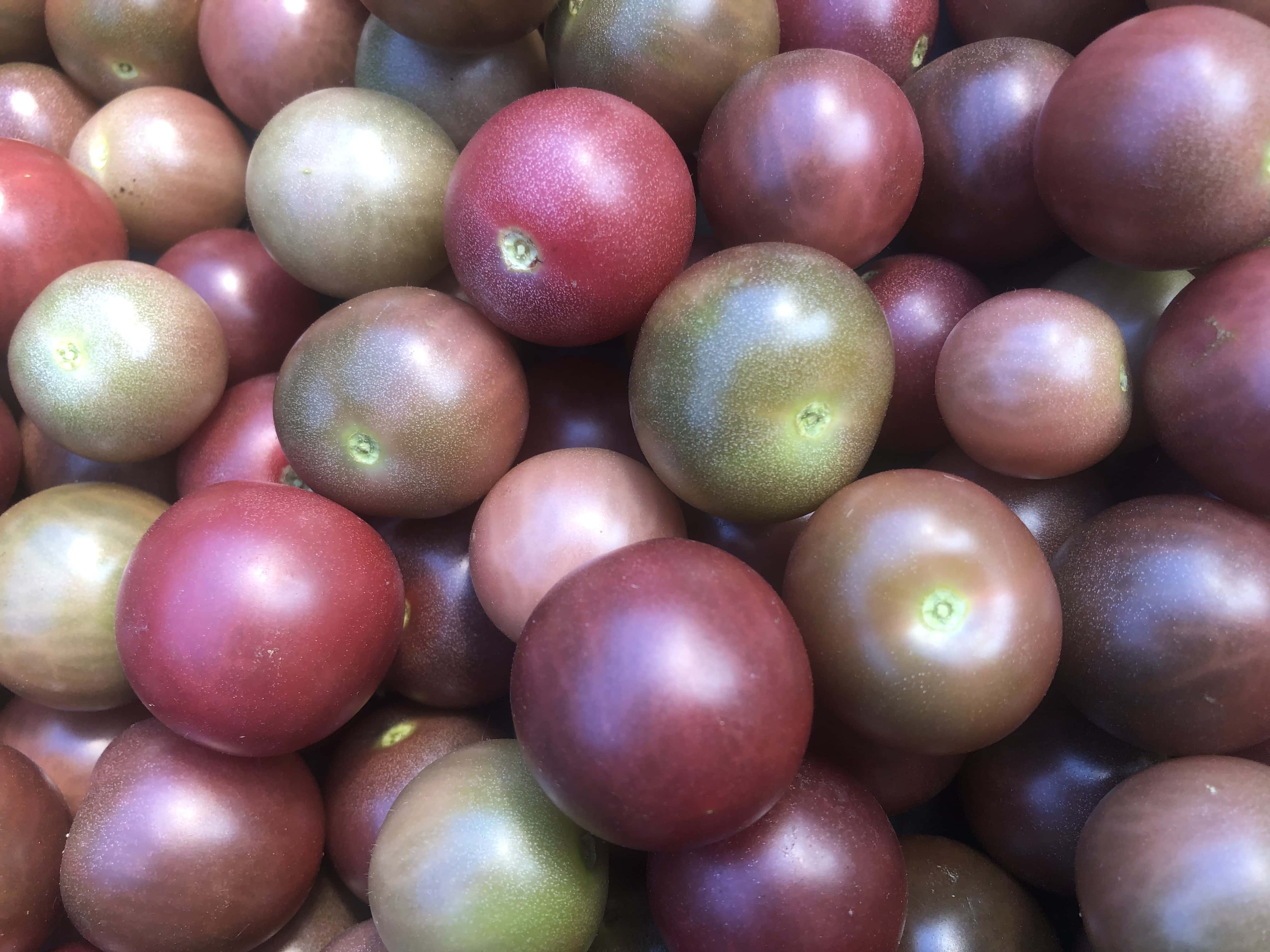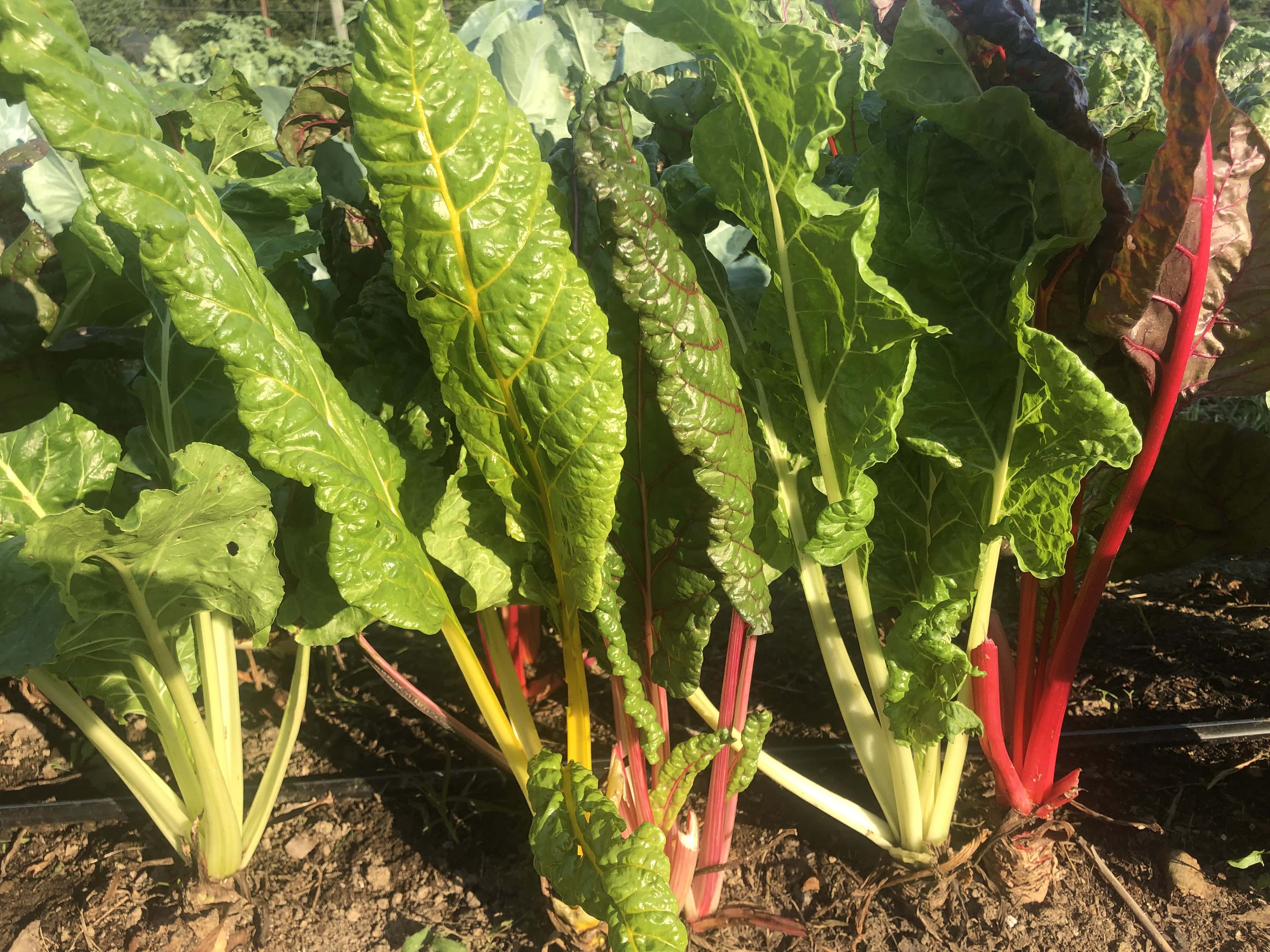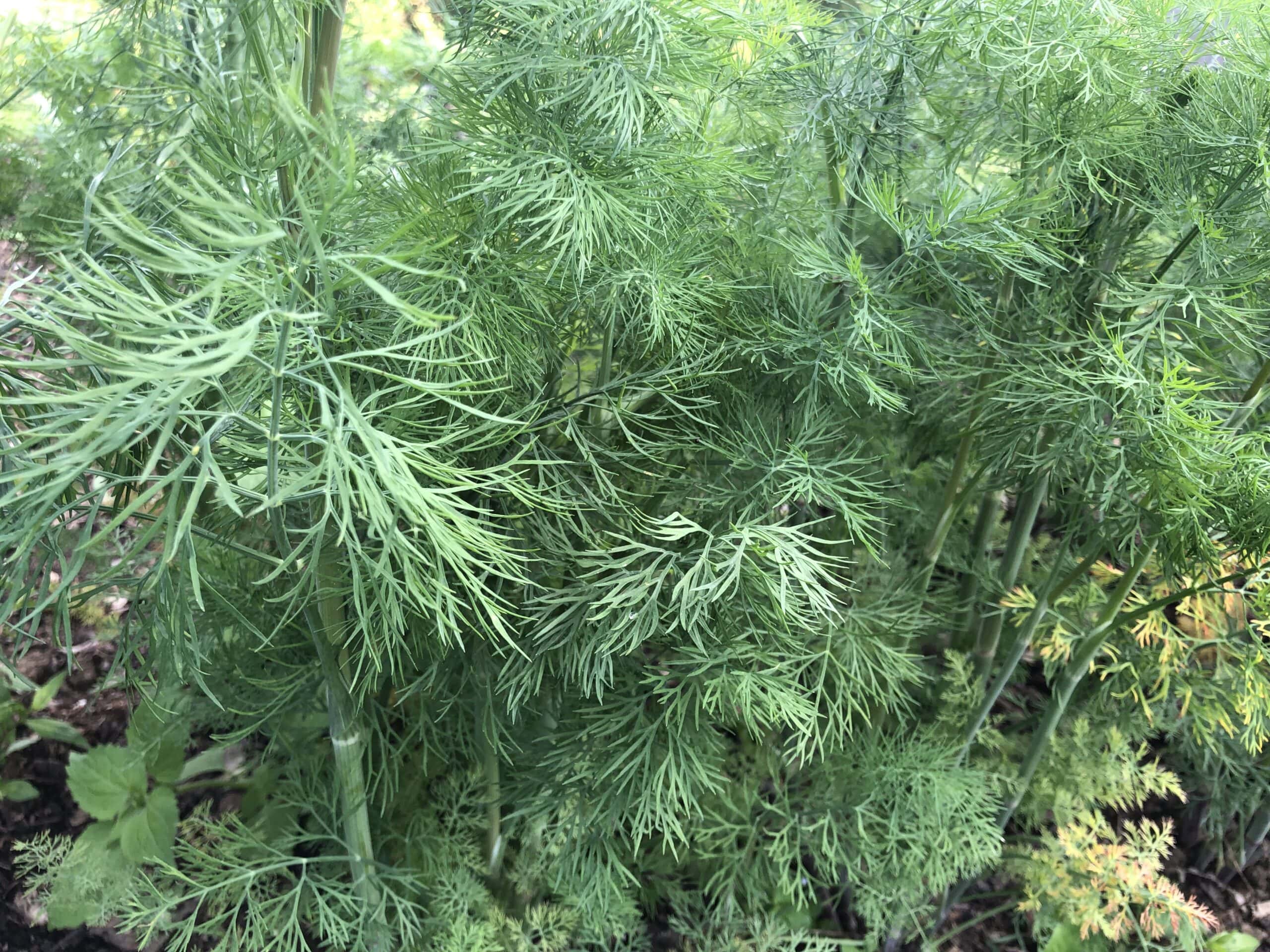This post may contain affiliate links. Probably doesn’t, but it might. It doesn’t cost you anything extra but if you use these links to buy something, we may earn a commission.
This post may contain affiliate links. It doesn’t cost you anything extra but if you use these links to buy something, we may earn a commission.
You might be surprised by the answer. Yes, you can.
I speak from my experience as a farmer who grows fruits and vegetables on a small acreage farm—just 5.5 acres—and we generate enough revenue to support three generations. We don’t raise meat animals or have dairy animals, so I am not addressing those issues. We sell directly to the customer; we do not wholesale.
The better question to ask is, can you make a profit? It’s not how much money you make; it’s how much you are able to keep. If you generate $150,000 and keep $75,000, that’s worthwhile. If you generate $300,000 and keep $3,000, that’s not worth the effort.
How can you do this?
First, you need ground that is capable of growing crops. Have you grown anything in this space before? What kind of soil is it? If you have never grown anything there before, it may take a couple of seasons to get compost in the ground and make it a growing area.
Second, you need to know the rhythm of the seasons in your area. What are your frost-free dates, spring and fall? How much rain do you get? Is there a dry spell in the summer? What is your growing zone? This affects what you can grow easily in your area.
What should you grow? Before we get to some specific points, here are five points to consider:
Table of Contents
1. Grow what you are able to sell.
Do your research and find out what sells in your area and at what prices. Where will you sell it?
Find the best market. If it’s a farmers market, you want lots of people who are ready to buy from small farmers. I have gone to farmers markets where only a handful of people come by, they aren’t ready to buy, or they are looking for a half-priced bargain. That’s not what you want! Other markets have lots of customers who are ready to buy and want to support small farms.
If it’s a stand on your property, you want lots of traffic so that people will buy what you have. If it’s through an online food hub, you want one with lots of existing customers who are ready to buy what you have. If you sell to chefs, you want restaurants that will buy in the volume that you have to sell.
There is no point growing figs for sale if everyone has a fig tree in their backyard. There is no point in growing ginger if the potential customers in your area don’t buy it. Every market is different. You need to know what your market wants.
2. Grow what will bring you the most amount per linear foot per growing season
Why settle for $2 per foot if you can get $8 per foot by growing a different crop? Remember #1, you have to be able to sell it.
3. Season extension
What can you grow early—before most farmers have that crop? Or later—after most crops are done? Early cropping usually commands premium prices, often twice the regular season price. If you can grow that without incurring double the expenses, then you are ahead. Plus, you gather the customers to yourself.
4. Untapped markets
What can you grow that others don’t grow at all? Bamboo plants, oyster mushrooms, herbs and/or herb plants, ornamental grasses, microgreens, turmeric?
5. Products for the slow-growing seasons
Can you grow or produce anything that keeps well? This way you have something to sell even if the fresh crops aren’t ready yet or you have sold out of lettuce and tomatoes. Honey, dried beans, eggs, root crops, jams, plants?
You can grow a lot on an acre of ground and bring in a good income. The trick is to plan it out for maximum revenue while controlling the expenses. This means you have to look at the sales end first. Where and how you sell your produce makes a difference. If you have to make multiple deliveries, that cuts into your growing time and your profitability.
You want a venue that fits your products and has the volume of people you need to sell all of your products. If you have 50 heads of lettuce each week, it does not work if you can only sell 25 of them at the farmers market. Study the different markets and see how much the farmers actually sell.
If someone has a beautiful display of homemade preserves but only sells 20 jars, they didn’t make enough to pay for their time, the market fee, and the cost of goods.
Look for the market where the farmers bring a full van or truck of products and leave with nothing. That’s the market that you want.
Can you grow lots of produce on an acre? Yes, you can. The trick is selling the produce and keeping a good profit for yourself.

Now, some specific crops. Think about what suits your growing climate and your customers.
Herbs
Herbs generate a good revenue per pound, and you can grow a lot in a small space. Keep in mind #1 above. Where will you sell it?
Our most popular herb is basil, the classic variety. There are many basil varieties. If you grow for chefs, they may like a citrus basil, Thai basil, or red basil to help set their creations apart from other restaurants. Basil is cold temperature sensitive, so it needs protection early and late in the growing season. We also grow chives, oregano, rosemary, thyme, sage, sorrel, dill, parsley, and cilantro. Herbs sell for $16-$28 per pound in 2022. We sell fresh cut herbs all year.
Ginseng, ginger, and turmeric are often considered herbs, even though they are root crops. Ginseng takes several years to reach maturity and is not legal in all states. Check first! It can sell for over $250 per pound. Ginger and turmeric have a long growing season, but are relatively easy to grow. We do not grow these because of the long growing season. We are in zone 7, so they would have to be in one of the heated tunnels to reach maturity. We can produce more revenue and more profit through growing other crops.
Cherry Tomatoes
Cherry tomato plants are very productive, and cherry tomatoes are the most expensive of any of the tomatoes, including heirlooms. If you want to have tomatoes in your mix, grape and cherry tomatoes are great for small acreage. There are many varieties and colors which can boost eye appeal, chef appeal, and the flavors are intense.
Leafy Greens
Leafy greens are very profitable. Inexpensive seeds, quick to grow from seed to maturity, can be harvested at various stages, and you can grow several crops per growing season. Arugula, leaf lettuces, salad greens, spinach, kale, collards, chard are some of the leafy greens you can grow. You can mix things up by having red kale, red leaf lettuce, or red Boston bibb. It is essential to sell the greens completely clean of any dirt.
Beans
Beans are a great crop for continuous harvesting. These are any of the runner beans, pole beans, lima beans, cranberry beans, etc. Once planted and they come to maturity, the plants continue to produce beans until the weather is too cold. Starting beans as early as possible gives you extra weeks of harvest.
At the other end, strawberries do not like hot weather. They start slowing production when the temperature is in the 80s, and three days in a row over 90 means the end. They will not set any more flowers.
Mushrooms
Specialty mushrooms are a high density crop that command good prices. We have someone who grows mushrooms for us. Consider growing the exotic mushrooms such as oyster, lion’s mane, or maitake.
Lavender
Lavender is considered one of the medicinal herbs, but it is prized for its flowers as well. High density planting and you can harvest at various stages makes lavender a versatile crop. If you are interested in value added products then lavender is excellent. Lavender oils, soap, lotions, and dried flowers are all very popular products. Fresh lavender flowers also sell well.
Plants
People love planting in their gardens. Spring is the busy time for herb, flower, or vegetable plants, but you can sell herbs, flower pots, ornamental grasses, and perennials all season. Find the mix that works for you and your customers.
Microgreens
Microgreens take up very little space and you can harvest very quickly—two weeks from seeding! Make sure you have a market for your microgreens as they have a short shelf life. If your market is established, this can be very profitable.
Garlic
Garlic is always popular and is easy to sell. You can get an excellent price per pound. By planting in the fall, you are able to harvest garlic scapes and then the bulbs the following June. There is still time to plant another crop in that space after you harvest the garlic. Specialty garlic can sell for $16 per pound.
In general, you want to work with the growing seasons and not against. We are in zone 7, and it would be a lot of work for us to grow tomatoes in January. Is it possible? Yes. Would it be profitable? Unlikely.
We know that we can grow cool-weather greens, such as lettuce, kale, and chard, in our high tunnels with minimal heating. Trying to grow a warm weather crop such as tomatoes would require a lot of heating. In the summer, we know that basil, peppers, tomatoes, and eggplant love the heat, but spinach does not.

If this has been helpful, check out our courses. Growing something in the garden is good for you! We share how we grow on the farm.
Sign up below for our weekly email for insider notes on fruits and vegetables, flowers, and farming.
Happy growing and happy eating!
~Ruth
Cool Flowers by Lisa M Ziegler
the market gardener by Jean-Martin Fortier
Four-Season Harvest by Elliot Coleman
Row Cover for cold protections









